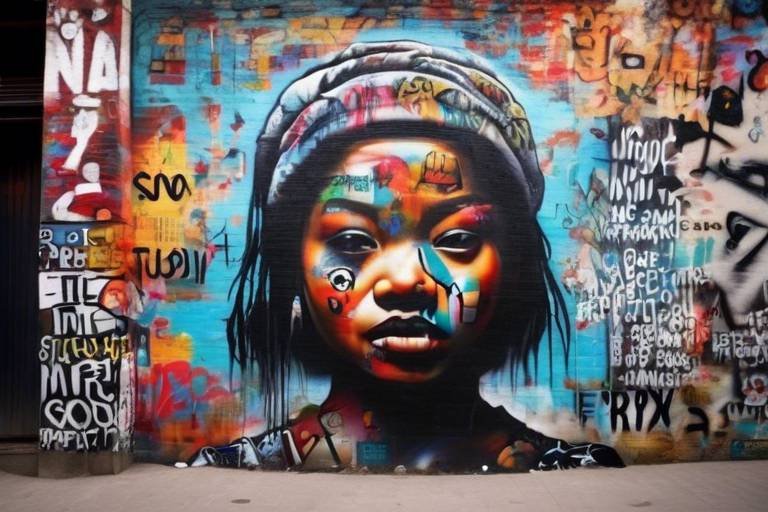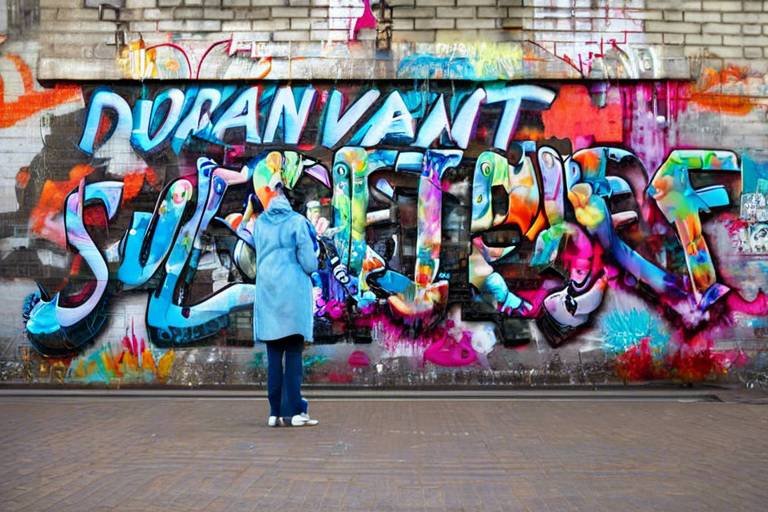The Role of Art in Shaping Public Opinion
Art has always been a powerful medium for influencing public opinion, serving as a mirror that reflects and shapes societal beliefs, values, and attitudes. Throughout history, artists have used their creations to provoke thought, spark conversations, and challenge the status quo. From ancient cave paintings to modern digital art, the role of art in shaping public opinion has been profound and multifaceted.
Historically, art has played a significant role in conveying messages and shaping public perception. Artists have used various forms of expression, such as paintings, sculptures, and literature, to capture the essence of their time and communicate complex ideas. Art has the ability to transcend language barriers and evoke emotions that resonate with audiences across cultures and generations.
Political art is a prominent genre that critiques political systems, advocates for change, and influences public opinion on governance. Artists often use their work to challenge authority, highlight social injustices, and mobilize communities towards collective action. Through powerful imagery and symbolism, political art can ignite movements and drive social change.
Propaganda art is another facet of art that has been used to manipulate public opinion throughout history. Governments and organizations have employed art as a tool to sway public perception, promote ideologies, and control narratives. Whether through posters, films, or public art installations, propaganda art seeks to influence mass opinion and shape collective beliefs.
Social justice movements have harnessed the power of art to amplify marginalized voices, raise awareness about systemic issues, and mobilize support for change. Artistic expressions, such as music, street art, and performance art, have been instrumental in galvanizing communities and challenging societal norms. By engaging with audiences on an emotional level, art has the ability to foster empathy and solidarity.
Art in advertising is a ubiquitous presence in the modern world, where brands harness creative visuals and storytelling to influence consumer behavior. Advertisements leverage art to create aspirational narratives, evoke desires, and shape public perceptions of products and brands. The fusion of art and commerce has become a dominant force in shaping consumer culture and driving market trends.
The tension between artistic freedom and censorship is a recurring theme that impacts the role of art in shaping public opinion. While artists strive to push boundaries and challenge conventions, censorship can restrict creative expression and limit the dissemination of dissenting voices. The balance between artistic autonomy and societal norms remains a contentious issue that shapes public discourse and cultural values.
In the digital age, art has found new avenues for dissemination and engagement through online platforms and social media. The internet has democratized access to art, allowing artists to reach global audiences and spark conversations on a massive scale. Digital art forms, such as memes, gifs, and virtual reality experiences, have redefined the boundaries of traditional art and transformed the landscape of public opinion shaping.
Art serves as a reflection of society, mirroring its norms, values, and conflicts in a way that provides insights into public opinion and cultural shifts. By capturing the zeitgeist of a particular era, art offers a window into the collective consciousness of a community and reveals the underlying currents that shape public sentiment. Through its ability to provoke thought, evoke emotions, and challenge perspectives, art continues to be a potent force in shaping public opinion and driving social change.
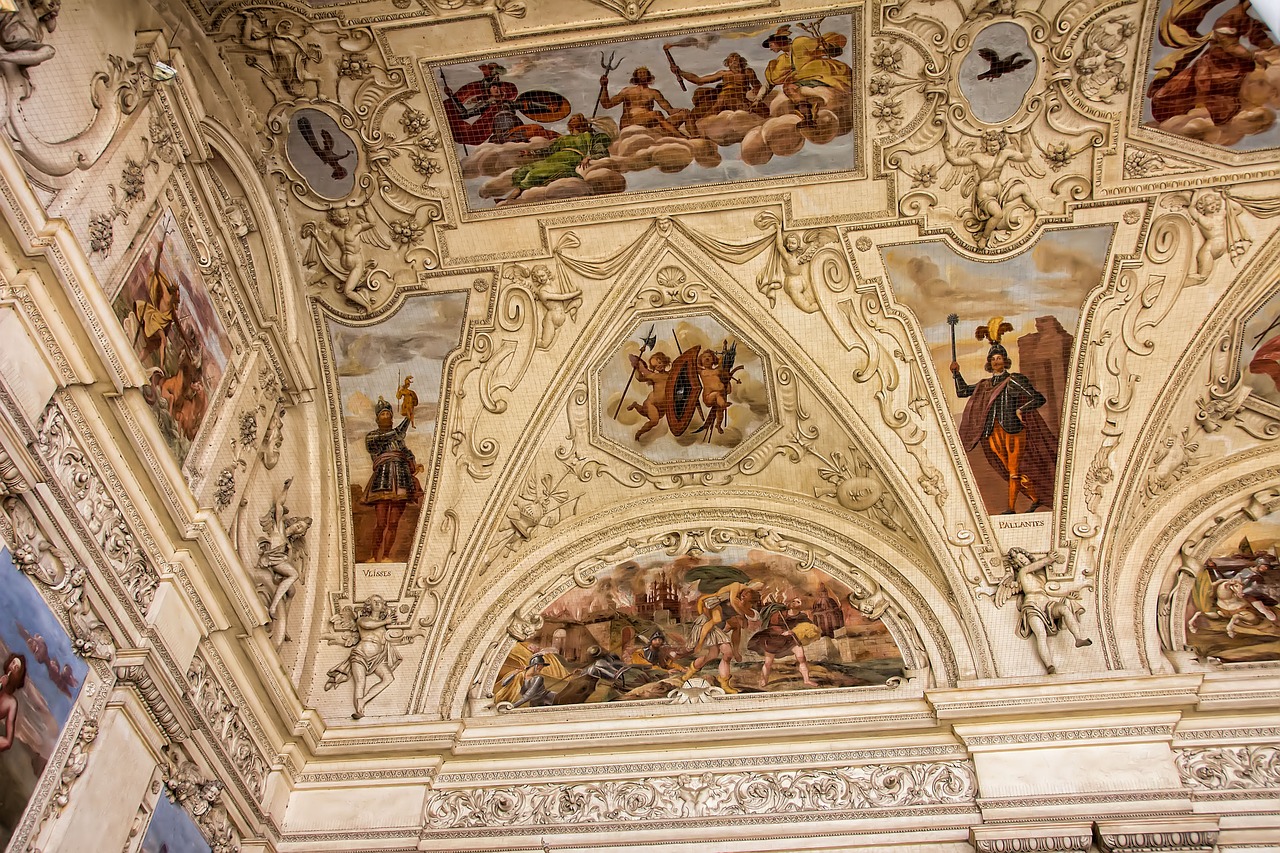
Historical Perspectives
Throughout history, art has played a pivotal role in shaping public opinion and reflecting the values and beliefs of societies. From ancient cave paintings to Renaissance masterpieces, art has served as a medium for conveying messages, emotions, and ideas across generations. Artists have long been revered for their ability to capture the essence of their time and communicate complex narratives through visual expression.
During the Renaissance period, art flourished as a means of celebrating humanism and the revival of classical ideals. Artists like Leonardo da Vinci and Michelangelo used their works to depict the beauty of the human form and explore themes of religion, science, and philosophy. Their creations not only captivated audiences but also influenced public discourse on the nature of existence and the role of individuals in society.
Art movements such as Romanticism and Realism in the 19th century reflected the changing social and political landscapes of the time. Romantic artists like William Blake and Eugene Delacroix emphasized emotion, imagination, and individualism in their works, challenging established norms and beliefs. On the other hand, Realist painters like Gustave Courbet and Honoré Daumier depicted everyday life with unflinching realism, shedding light on the struggles of the working class and advocating for social change.
The 20th century witnessed a surge in avant-garde movements like Cubism, Surrealism, and Abstract Expressionism, pushing the boundaries of traditional art forms and challenging viewers to question their perceptions. Artists like Pablo Picasso, Salvador Dalí, and Jackson Pollock revolutionized the art world with their innovative approaches, sparking debates and discussions that shaped public opinion on art, creativity, and cultural identity.
From the ancient civilizations of Mesopotamia and Egypt to the contemporary art scene of the 21st century, the evolution of art as a tool for shaping public opinion is a testament to its enduring power and relevance in society. By examining historical perspectives on art, we gain valuable insights into the ways in which artists have influenced public perception, challenged societal norms, and sparked meaningful conversations that continue to resonate today.

Political Art
Political art is a powerful medium through which artists express their perspectives on political systems and societal issues. It serves as a platform for critique, advocacy, and reflection, influencing public opinion and sparking conversations on governance. Artists often use their creative talents to challenge the status quo, provoke thought, and inspire action among the masses. By leveraging visual elements, symbolism, and imagery, political art communicates complex ideas and emotions in a way that resonates with viewers on a deep and personal level.
Throughout history, political art has played a significant role in shaping public discourse and challenging authority. From iconic protest posters to thought-provoking installations, artists have utilized various forms of artistic expression to address social injustices, corruption, and power dynamics. By highlighting issues that are often overlooked or suppressed, political art brings attention to pressing concerns and encourages individuals to question the existing structures of power and influence.
Moreover, political art serves as a catalyst for change, mobilizing communities and fostering solidarity among like-minded individuals. It has the ability to unite people from diverse backgrounds under a common cause, galvanizing collective action and advocacy for social and political reform. By engaging with political art, individuals are prompted to reflect on their own beliefs, values, and responsibilities as members of a larger society.
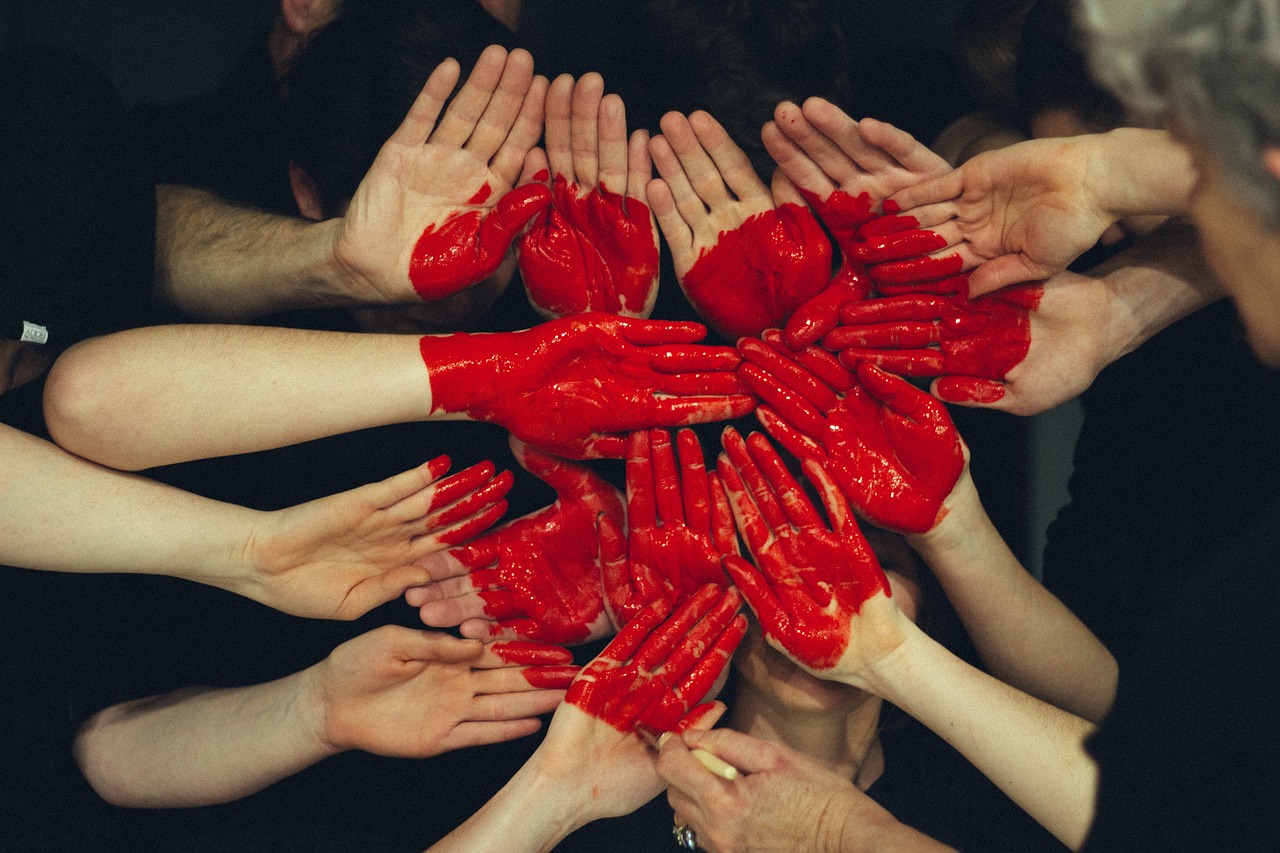
Propaganda Art
Exploring how art influences and reflects societal beliefs, values, and attitudes, impacting public perception and discourse.
Propaganda art has long been utilized as a powerful tool for shaping public opinion and influencing mass behavior. By strategically crafting images, symbols, and narratives, governments and organizations have sought to sway public perceptions and garner support for their agendas. Through the manipulation of emotions and ideologies, propaganda art aims to control the narrative and shape the collective mindset of society.
One of the defining characteristics of propaganda art is its ability to evoke strong emotional responses and convey persuasive messages through visual means. Whether through posters, paintings, or multimedia campaigns, propaganda artists skillfully employ symbolism and imagery to convey their intended messages. These artworks are often designed to provoke specific reactions from the audience, reinforcing existing beliefs or instilling new ones.
Moreover, propaganda art is deeply intertwined with political agendas, often serving as a tool for promoting nationalism, patriotism, or ideological conformity. By glorifying certain values or demonizing opposing viewpoints, propaganda art can rally public support behind a particular cause or leader. The deliberate use of colors, symbols, and slogans further reinforces the desired narrative, creating a sense of unity and purpose among the populace.
However, the ethical implications of propaganda art are a subject of ongoing debate. Critics argue that the manipulation of artistic expression for political ends undermines the integrity of the creative process and compromises the autonomy of the audience. The fine line between persuasion and coercion raises questions about the ethical responsibility of artists and the impact of propaganda on individual autonomy and critical thinking.
In conclusion, propaganda art remains a potent force in shaping public opinion and influencing societal attitudes. By harnessing the emotive power of art, propagandists can mold public perceptions, sway popular sentiment, and shape historical narratives. Understanding the mechanisms behind propaganda art is crucial for recognizing its influence and safeguarding against the manipulation of public opinion.

Social Justice Movements
Social Justice Movements play a pivotal role in reshaping societal norms and challenging existing power structures. Through various forms of art, such as visual arts, music, and performance, these movements aim to raise awareness about systemic injustices and advocate for equality and human rights. Artists within social justice movements often use their creative expressions to amplify marginalized voices and shed light on pressing issues that impact communities worldwide.
Art in social justice movements serves as a powerful tool for mobilizing individuals towards collective action. Whether through protest art, murals, or digital campaigns, artists harness the emotive and persuasive nature of art to evoke empathy and provoke critical reflection among the public. By visually representing the struggles and triumphs of marginalized groups, art becomes a catalyst for empathy, understanding, and solidarity among diverse audiences.
Furthermore, social justice art has the ability to challenge dominant narratives and disrupt the status quo. By subverting traditional artistic conventions and embracing unconventional mediums, artists push boundaries and confront societal norms that perpetuate inequality and discrimination. Through their creative expressions, artists within social justice movements spark conversations, challenge prejudices, and inspire individuals to question established power dynamics.
Artistic collaborations within social justice movements also foster community engagement and empowerment. By bringing together artists, activists, and community members, art becomes a shared language that transcends cultural and linguistic barriers. Collaborative art projects not only amplify diverse voices but also create spaces for dialogue, reflection, and collective action towards creating a more just and equitable society.
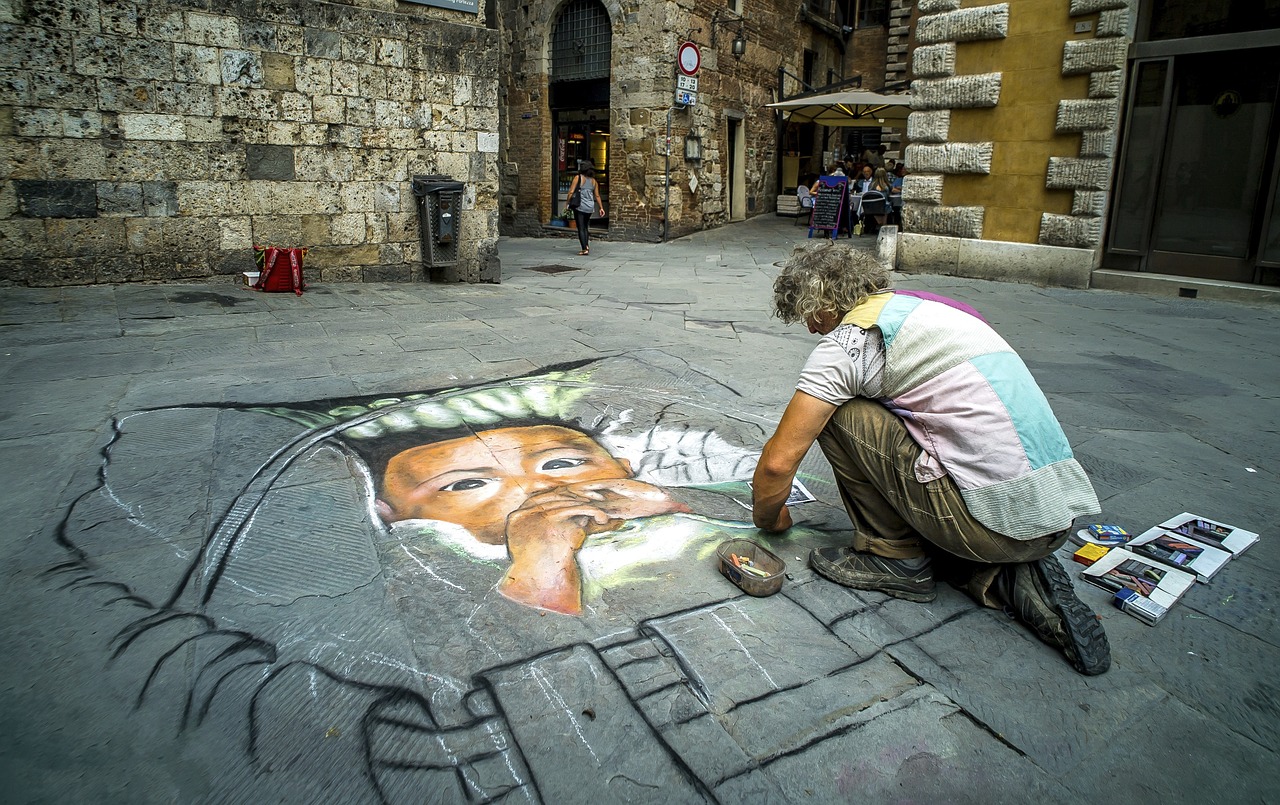
Art in Advertising
Art in advertising plays a crucial role in capturing the attention of consumers and shaping their perceptions of products and brands. Through visually appealing designs, striking imagery, and creative storytelling, advertisements aim to evoke emotions and create memorable experiences for viewers. In the competitive world of marketing, art serves as a powerful tool to convey brand messages, establish brand identity, and influence consumer behavior.
One of the key aspects of art in advertising is its ability to communicate complex ideas and concepts in a visually engaging manner. Whether it's through vibrant colors, captivating illustrations, or thought-provoking graphics, art has the power to convey brand values and messaging effectively. By incorporating artistic elements into advertisements, companies can differentiate themselves from competitors and leave a lasting impression on their target audience.
Moreover, art in advertising can evoke emotional responses from consumers, making them more likely to connect with a brand on a deeper level. Whether it's through nostalgia, humor, or inspiration, advertisements that leverage artistic creativity can create a strong emotional bond with viewers. This emotional connection can lead to increased brand loyalty, customer engagement, and ultimately, drive purchase decisions.
Furthermore, art in advertising is not just about aesthetics; it also plays a strategic role in influencing consumer perceptions and behaviors. By carefully selecting visual elements, typography, and design layouts, advertisers can guide the viewer's attention, convey brand messages effectively, and influence consumer attitudes towards a product or service. The artistry in advertising is not just about creating visually appealing ads but also about strategically crafting messages that resonate with the target audience.
In today's digital age, art in advertising has evolved to encompass a wide range of mediums, including social media, video content, interactive displays, and augmented reality experiences. With the rise of digital platforms, advertisers have more opportunities than ever to creatively showcase their products and engage with consumers in innovative ways. The fusion of art and technology in advertising has opened up new possibilities for brands to connect with their audience and drive meaningful interactions.
Overall, art in advertising is a dynamic and ever-evolving field that continues to shape public opinion and consumer behavior. By harnessing the power of artistic expression, advertisers can create compelling narratives, build brand awareness, and influence perceptions in a visually saturated world. The integration of art in advertising is not just about selling products; it's about creating meaningful connections with consumers and leaving a lasting impact on their lives.
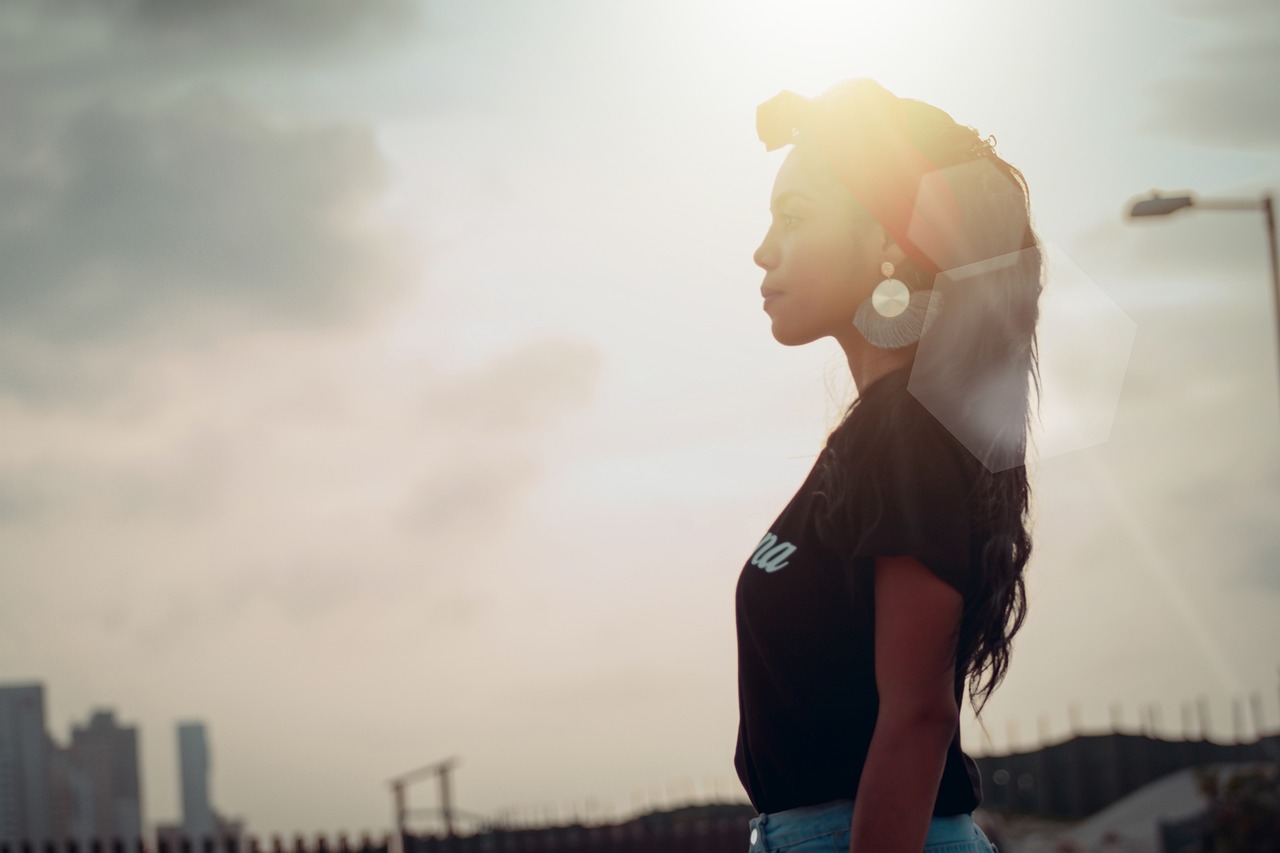
Artistic Freedom and Censorship
Art has always been a powerful medium for influencing and reflecting societal beliefs, values, and attitudes, playing a significant role in shaping public perception and discourse. From historical masterpieces to modern digital creations, art has the ability to provoke thought, spark emotions, and challenge the status quo.
Artistic freedom is the cornerstone of creative expression, allowing artists to convey their messages without constraints. However, censorship poses a threat to this freedom, limiting the ability of artists to address controversial topics or challenge prevailing ideologies. The tension between artistic freedom and censorship has been a recurring theme throughout history, with governments and authorities often imposing restrictions on artistic expression.
When art is censored, it not only stifles the artist's voice but also deprives society of diverse perspectives and critical discourse. Censorship can shape public opinion by controlling the narratives presented in art, influencing how individuals perceive certain issues or events. In contrast, artistic freedom empowers artists to push boundaries, provoke thought, and inspire change, ultimately enriching public discourse and fostering a more inclusive society.
It is essential to recognize the delicate balance between artistic freedom and censorship, as both play a crucial role in shaping public opinion. While censorship may seek to maintain order and uphold societal norms, artistic freedom challenges conventions and encourages dialogue, contributing to a more vibrant and dynamic cultural landscape.

Art in the Digital Age
Exploring how art influences and reflects societal beliefs, values, and attitudes, impacting public perception and discourse.
The digital age has revolutionized the way art is created, consumed, and shared. With the advent of social media platforms, artists now have unprecedented access to global audiences, allowing their work to reach far beyond traditional gallery spaces. The internet has become a vast canvas where artists can showcase their creations, engage with viewers, and spark conversations that shape public opinion.
Moreover, digital tools and technologies have enabled artists to experiment with new forms of expression, blurring the lines between traditional art mediums and digital innovations. From interactive installations to virtual reality experiences, art in the digital age transcends physical boundaries, inviting audiences to immerse themselves in unique artistic narratives.
Artists are leveraging digital platforms not only to showcase their work but also to engage with pressing social and political issues. Through digital art, creators can amplify marginalized voices, challenge dominant narratives, and mobilize communities around important causes. The immediacy and interconnectedness of the digital landscape have transformed art into a powerful tool for advocacy and social change.
However, the digital age also poses challenges for artists, as the vastness of online content can lead to oversaturation and the commodification of art. Navigating issues of copyright, authenticity, and visibility in a crowded digital space requires artists to adapt and innovate continuously. Despite these challenges, the digital age offers unprecedented opportunities for artists to connect with audiences, spark dialogue, and shape public opinion in ways previously unimaginable.
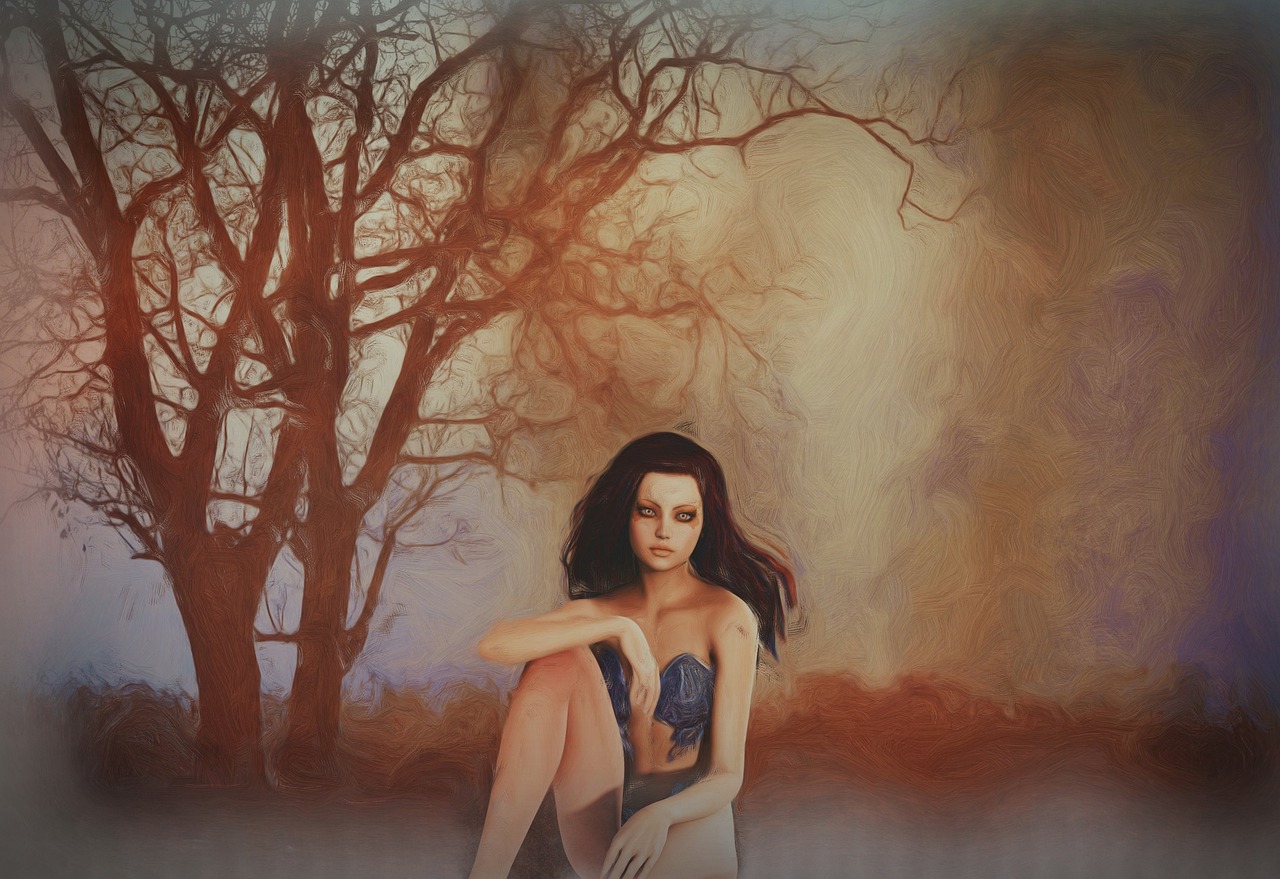
Art as a Reflection of Society
Art has always been a powerful tool for influencing public opinion, serving as a mirror to society's beliefs, values, and attitudes. Through various forms of artistic expression, artists have the ability to shape public perception and spark meaningful discourse that resonates with individuals on a profound level.
Art, in its many forms, serves as a reflection of society, capturing the essence of cultural norms, values, and conflicts. Whether through paintings, sculptures, music, or literature, artists have the unique ability to encapsulate the spirit of their time and convey it to future generations. Just like a mirror that reflects our image back to us, art mirrors societal dynamics, offering insights into public opinion and cultural shifts.
One of the most captivating aspects of art as a reflection of society is its ability to convey complex emotions and societal themes in a way that transcends language barriers. A single painting or a piece of music can evoke universal feelings and provoke introspection, prompting viewers to contemplate their own beliefs and values in the context of the larger societal landscape.
Moreover, art often serves as a catalyst for social change, shedding light on pressing issues and amplifying marginalized voices. By portraying societal injustices or advocating for underrepresented communities, artists can sway public opinion and inspire action towards a more equitable and inclusive society.
Artistic movements throughout history have been intrinsically linked to the prevailing social, political, and cultural climate of their time. From the Renaissance period to the modern era, artists have utilized their craft to challenge societal norms, provoke thought, and push boundaries, ultimately shaping public opinion and contributing to the evolution of collective consciousness.
As society continues to evolve, so does the role of art in reflecting and influencing public opinion. In the digital age, artists have unprecedented access to global audiences through online platforms, allowing their work to reach individuals across geographical boundaries and cultural divides. This interconnectedness has further blurred the lines between artist and audience, creating a dynamic exchange of ideas and perspectives that shape public discourse.
Ultimately, art's ability to reflect society lies in its capacity to capture the essence of human experience and translate it into visual, auditory, or literary forms that resonate with individuals on a visceral level. By engaging with art as a reflection of society, we gain a deeper understanding of ourselves, our communities, and the world at large, fostering empathy, dialogue, and critical thinking.
Frequently Asked Questions
- What is the significance of art in shaping public opinion?
Art plays a crucial role in shaping public opinion by reflecting societal beliefs, values, and attitudes. It has the power to influence public perception and discourse, sparking conversations and challenging established norms.
- How has art been used throughout history to convey messages and influence public opinion?
Throughout history, art has been utilized as a powerful tool for conveying messages and shaping public opinion. Artists have used their work to critique political systems, advocate for social change, and amplify voices on critical issues.
- What is the difference between political art and propaganda art?
Political art focuses on critiquing political systems and advocating for change, while propaganda art is used by governments and organizations to manipulate public opinion. Both forms of art aim to influence public perception but with different intentions and methods.
- How does art contribute to social justice movements?
Art serves as a catalyst for social change by amplifying voices, shedding light on injustices, and mobilizing communities. It plays a vital role in advocating for equality, diversity, and inclusivity, shaping public opinion on pressing social issues.
- What role does art play in advertising and marketing?
Art is extensively used in advertising and marketing to influence consumer behavior and shape public perceptions of products and brands. Creative visuals and storytelling techniques are employed to evoke emotions, create brand identity, and drive consumer engagement.





